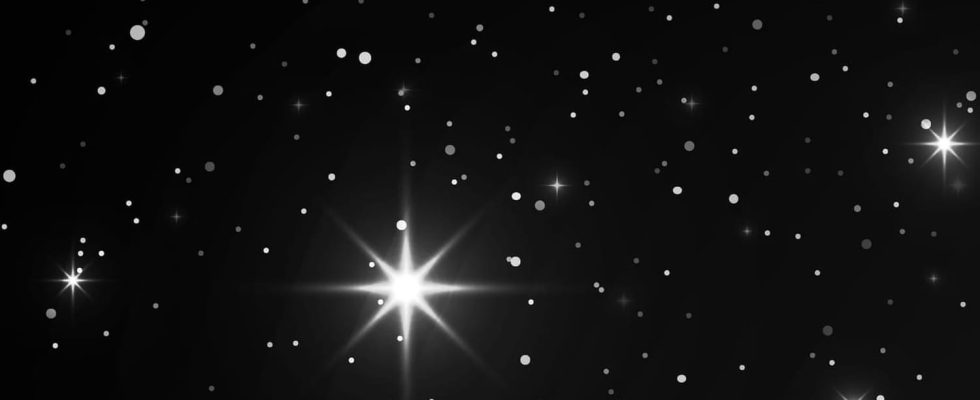A new star named T Coronae Borealis is expected to appear in the sky within a few weeks. We tell you everything about this rare event.
In a few weeks, we will have the opportunity to witness an astronomical event that we only observe once in our life: the appearance of a new star. The show should be visible from France but will however be ephemeral. Indeed, this star, which is also called “nova”, is not a new star strictly speaking. It is an old star whose luminosity will suddenly increase before disappearing again for several decades. You will therefore have to enjoy this spectacle which is both unique and fleeting!
The explosion of the star should occur between this month of April and September 2024. This time range is relatively wide since we do not have any technique allowing us to accurately predict the moment when the event will have place. To find the nova in the starry sky, you will need to find the constellation Corona Borealis. Easily recognizable thanks to its arcuate shape, you will have to look for it not far from the Big Dipper, between the constellations of the Bouvier and Hercules. Don’t hesitate to bring a sky map to easily identify these landmarks. The nova will appear outside the semicircle of the Corona Borealis constellation. Its brightness should be similar to that of the North Star, making it easily visible in the darkness of the night.

T Coronae Borealis is actually not a single star but a system composed of two distinct stars: a red giant and a white dwarf. The latter, not very bright, is a star at the end of its life which gradually sucks up the material ejected by its neighbor, the red giant. When the white dwarf has accumulated enough material, a thermonuclear explosion reaction will occur, suddenly increasing its brightness. This is precisely what should happen in the coming weeks, giving us the possibility of seeing with the naked eye this star located approximately 3,000 light years from Earth.
This event is relatively rare since it takes place approximately every 80 years, leaving little chance of enjoying it more than once in a lifetime. The last time earthlings observed this star was in 1946 and the previous time in 1866. This is therefore a spectacle not to be missed under any circumstances since there will be no catch-up session!
